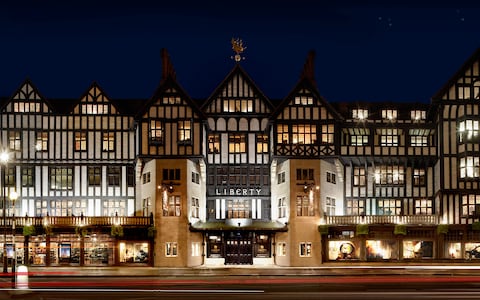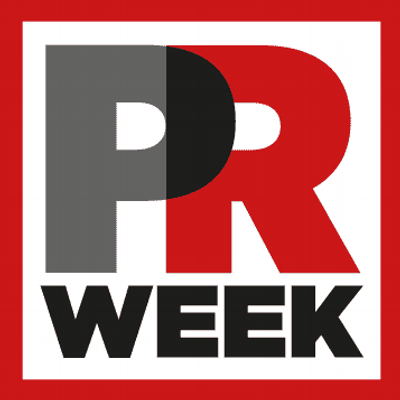|
November 22, 2006 by Lisa LaMotta
Department stores are coming back. The large stores, known to many fashionistas as the place for one-stop shopping for brands like Coach, Prada, Seven, and more, had bowed to smaller chain stores like Abercrombie & Fitch and big-box stores like Target when consumer demand was more generic-centric. But the time of the brand label is back in full swing. International Council of Shopping Centers (ICSC) research has found that department stores like Saks Fifth Avenue, Nordstrom, and J.C. Penney are now consistently beating Wall Street forecasts for sales. With consumers now more label-conscious, department stores are going back to their specialized roots, instead of the big-box mentality. Wendy Liebmann, president of retail marketing firm WSL Strategic Retail, told Shopping Center Today, "Saks has, in effect, said, 'We have to go back to our prestige and get rid of things that don't suit our customer and add things she likes, such as personal services... and a more inviting store environment.'" Why does it matter? Department stores are showing more relevance to designer labels, even as discount stores take on affordable designer names. Adam Nelson, CEO of Workhouse, says that having his fashion clients at department stores adds aspiration and prestige to the brand - something that Target does not offer. Fashion shows are PR pros' best chance to show buyers from department stores that their product should be on the shelves. "There are more buyers coming to the shows from stores than in previous years," says Kelly Cutrone, founder of People's Revolution. "Everyone uses Fashion Week to visually position their company to make a statement about themselves." Five facts: 1 According to a Deloitte & Touche survey of 13,339 consumers, 51% said they will shop at a traditional department store this holiday season. 2 Target, as a means of catering to female label-junkies, carries an affordable women's clothing line by famed designer Isaac Mizrahi, while H&M offers lines from Karl Lagerfeld, Stella McCartney, and Viktor & Rolf. 3 Fewer chain-inclusive shopping malls are popping up, leaving department stores to open their traditional freestanding outlets. According to ICSC, 47 shopping malls were built from 1990 to 1992; only three were planned for 2006. 4 While department stores continue to be visited by older age groups, interest from younger groups is also increasing, with 47% of shoppers ages 18 to 29 planning to shop in them vs. 41% in 2005, according to Deloitte & Touche. 5 J.C. Penney derives 15% of its revenue from online and catalog shopping, whereas most other department stores are only reporting 2% for that category.
0 Comments
|
WORKHOUSE
THE HOUSE THAT WORK BUILT. Archives
July 2024
|



 RSS Feed
RSS Feed